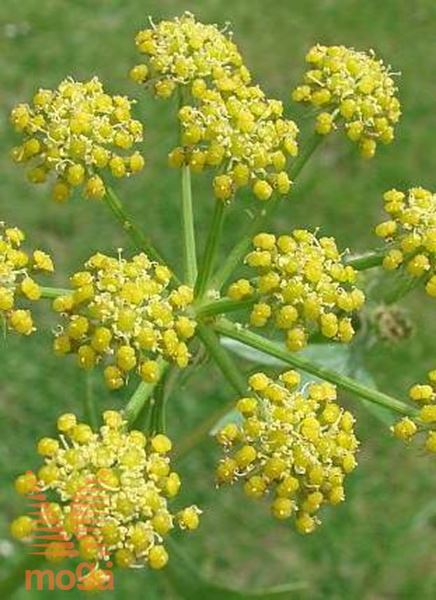Dynamic content trial
Dynamic content trial
Dynamic content trial
Dynamic content trial
Dynamic content trial
-
Plants for destinctively sunny sites need and tolerate a lot of direct sun radiation (eg. roses, even more spurge (euphorbia myrsinites) , sea buckthorn, sedum, most of rock-garden plants, cactuses etc). Mostly, but not necessarily, these plants can also tolerate drought. Roses need more water and noursihments and rich, deep, fetile soil, while white stonecrop survives more weeks in dry soil without rain or watering and can grow normally in poor, sandy soil as well.
-
Herbaceous plants are not woody. Their stems are soft, usually remaining green. With some herabceous older stems may harden and look like woody stems (e. g. bamboo).
-
The plant develops new leaves or needles every spring, which dropp off in autumn. Herbaceous plants can die completely in above ground section and grow back in the spring.
-
Plant can in otherwise appropriate environment survive cold down to - 23 °C.
-
Porous or dry soils are normally light and loose, there is no stagnant water but relatively quickly flows in deeper layers; such ground are more airy and warmer, yet drier and usually contain less humus and for such undergrowth it is often to for drought to appear (e. g. rockgardens, walls, by paths and roads, on gravel, also on gravel surface in towns and close to buildings ...), plants of such undergrowth need well-drained soil, they tolerate drought but cannot tolerate constant moisture or even flooding.
-
Ripen, normally developed and healthy (without signs of diseas or pests) fruits may be consumed raw, unprocessed. Before consumation many fruits must be: cleaned, penducles and peel/shell or/and some inedible parts need to be removed. Ripeness goes out in several phases. Some fruits are only technologicaly ripen when picked, these have to be left hanged or softened (e. g. persimmon) for some time to gain the phase of edible ripeness. Durability and storage capacity of fruits can vary greatly, they depend on plant species and variety and external factors. Regarding edibility and/or healing power we are not liable, in this matter seek for professional guidance before consumation or usage.
-
Herbaceous, not woody plant. Stems and leaves may be evergreen or deciduous - thus regrowing every spring. Perennials may blossom consecutively for several years. Some perennials develop special underground organs - bulbs, corms or rootstocks and these species are treated separetelly, not with geophyte and tuberous plants.
- Among described plants in this category we marked those, which are particulary resistant (to various environmental conditions), do not require much maintanance and thereby suitable fot planting in public areas.

MOGA d.o.o.
Družba za urejanje okolja
Zemljičeva ulica 21
2000 Maribor
Slovenia
Company headquarters and provision of services:
+386 (0)2 4716310
[email protected]
Garden centre
+386 (0)2 4716313
[email protected]




















